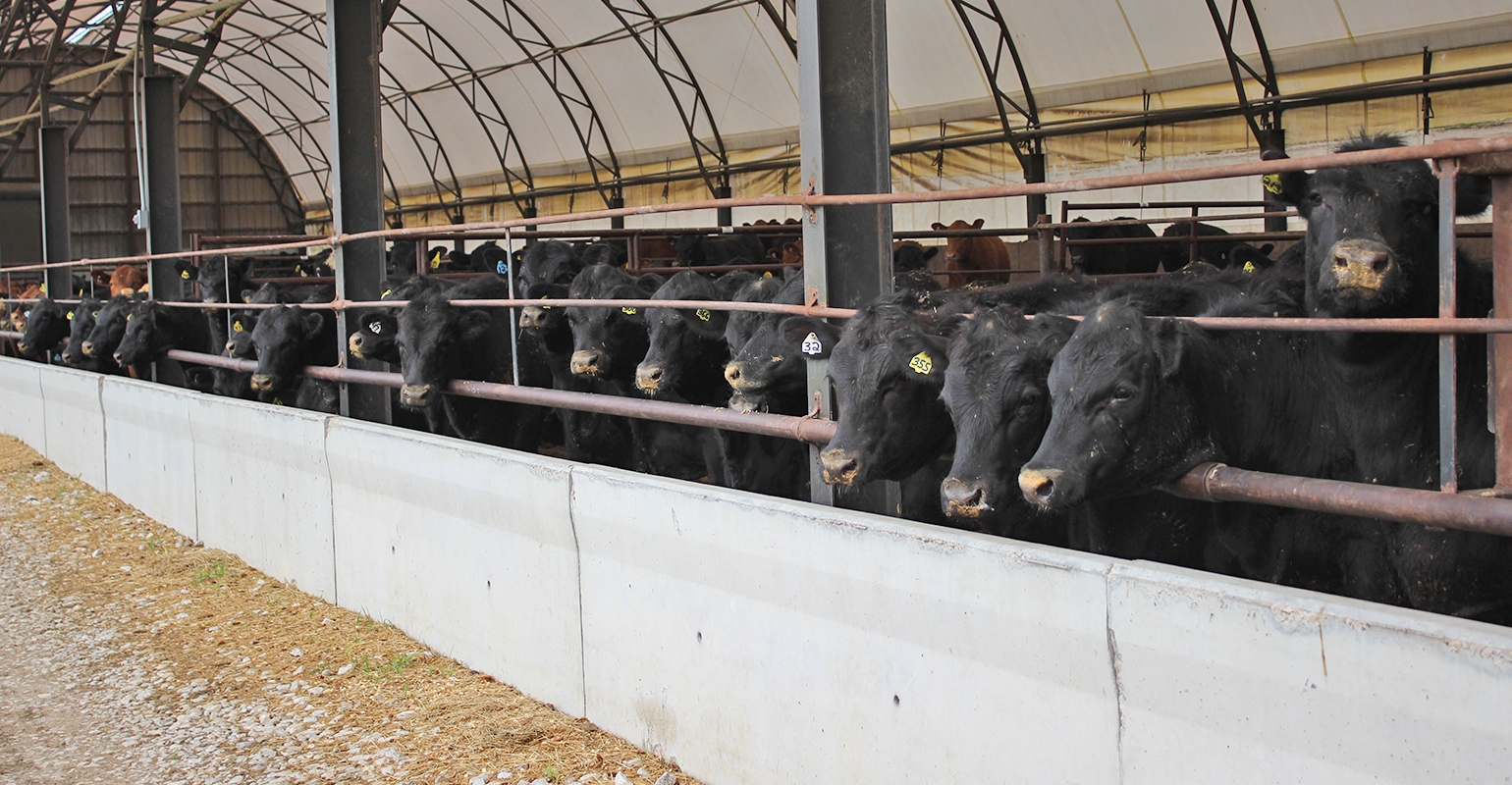Proactive Defense: Bagley Risk Management Tips
Proactive Defense: Bagley Risk Management Tips
Blog Article
Trick Elements to Think About When Picking Livestock Danger Security (LRP) Insurance Coverage
When evaluating choices for Livestock Danger Security (LRP) insurance policy, several crucial factors call for careful consideration to guarantee effective risk administration in the agricultural market. Picking the ideal protection choices tailored to your specific livestock operation is critical, as is comprehending just how premium prices correlate with the level of security offered.
Coverage Options
When thinking about Livestock Risk Defense (LRP) insurance coverage, it is important to understand the various coverage options offered to mitigate threats in the farming industry. Animals Danger Protection (LRP) insurance provides various protection options customized to fulfill the varied needs of animals producers. Bagley Risk Management. One of the main coverage options is price coverage, which shields versus a decline in market value. Producers can choose the protection level that straightens with their cost risk management objectives, allowing them to secure their procedures versus prospective economic losses.
One more important coverage choice is the endorsement duration, which determines the length of time the coverage is in result. Manufacturers can pick the endorsement period that ideal matches their manufacturing cycle and market conditions. Furthermore, protection degrees and prices differ based upon the kind of animals being insured, offering producers the flexibility to tailor their insurance coverage prepares according to their details needs.
Understanding the different insurance coverage choices readily available under Animals Threat Security (LRP) insurance coverage is critical for producers to make educated decisions that properly secure their livestock operations from market uncertainties.
Costs Costs

Animals Danger Security (LRP) insurance gives crucial insurance coverage alternatives tailored to alleviate threats in the farming sector, with a substantial facet to think about being the calculation and framework of premium prices. These consist of the kind and number of animals being insured, the protection degree selected, the present market prices, historic cost information, and the length of the insurance coverage duration.
Premium costs for LRP insurance policy are generally calculated based on actuarial data and risk analysis designs. Insurance providers evaluate historical data on animals rates and production expenses to determine a proper premium that mirrors the level of danger included. It is important for livestock manufacturers to thoroughly evaluate premium expenses and coverage choices to guarantee they are effectively safeguarded versus potential economic losses as a result of adverse market problems or unanticipated events. By recognizing exactly how superior costs are computed and structured, manufacturers can make enlightened decisions when picking the appropriate LRP insurance coverage for their operation.
Qualified Animals
The determination of qualified animals for Livestock Threat Protection (LRP) insurance coverage entails mindful factor to consider of particular standards and features. Animals kinds that are commonly qualified for LRP insurance coverage consist of feeder cattle, fed lambs, cattle, and swine.
Feeder livestock, for example, are commonly qualified for LRP protection if they drop within defined weight varieties. Lambs are an additional category of animals that can be thought about for LRP insurance, with aspects such as weight and age playing a critical function in determining their eligibility.
Before choosing LRP insurance for livestock, producers should meticulously evaluate the eligibility criteria detailed by the insurance policy copyright to guarantee their pets satisfy the required needs visit for coverage.
Policy Flexibility
Plan flexibility in Animals Danger Security (LRP) insurance permits producers to tailor coverage to fit their specific demands and run the risk of administration approaches. This flexibility encourages livestock producers to tailor their insurance policy policies based on factors such as the kind of animals they possess, market conditions, and individual risk resistance levels. By offering personalized options, LRP insurance policy makes it possible for manufacturers to efficiently manage their danger exposure while protecting their livestock operations against unforeseen market volatility.
Insurance Claims Refine
Upon experiencing a loss or damage, manufacturers can initiate the insurance claims process for their Livestock Threat Protection (LRP) insurance by quickly contacting their insurance coverage copyright. It is critical for manufacturers to report the loss as quickly as possible to expedite the cases process. When reaching out to the insurance policy provider, manufacturers will certainly need to provide comprehensive information concerning the event, you can try these out including the day, nature of the loss, and any kind of pertinent documents such as veterinary documents or market prices.

After the evaluation is complete, the insurance policy copyright will decide pertaining to the case and interact the end result to the producer. The producer will certainly get payment according to the terms of their Livestock Danger Protection (LRP) insurance coverage plan if the case is accepted. It is important for producers to be acquainted with the claims process to make certain a smooth experience in the event of a loss

Final Thought
To conclude, when selecting Livestock Danger Protection (LRP) insurance policy, it is important to consider protection choices, premium costs, qualified animals, policy adaptability, and the insurance claims procedure. These essential variables will certainly assist ensure that breeders and farmers are appropriately protected against possible threats and losses related to their livestock procedures. Making a notified decision based upon these factors to consider can ultimately result in far better financial safety and the original source security and assurance for animals manufacturers.
Livestock Risk Defense (LRP) insurance policy supplies various insurance coverage choices tailored to satisfy the varied requirements of animals producers.The decision of eligible animals for Animals Danger Security (LRP) insurance coverage involves mindful consideration of details requirements and qualities.Policy adaptability in Animals Danger Defense (LRP) insurance coverage permits manufacturers to tailor protection to suit their certain demands and risk management strategies.Upon experiencing a loss or damage, manufacturers can start the insurance claims process for their Livestock Threat Defense (LRP) insurance by immediately contacting their insurance company.In conclusion, when choosing Livestock Danger Protection (LRP) insurance coverage, it is necessary to think about insurance coverage options, premium costs, qualified animals, policy flexibility, and the cases procedure.
Report this page